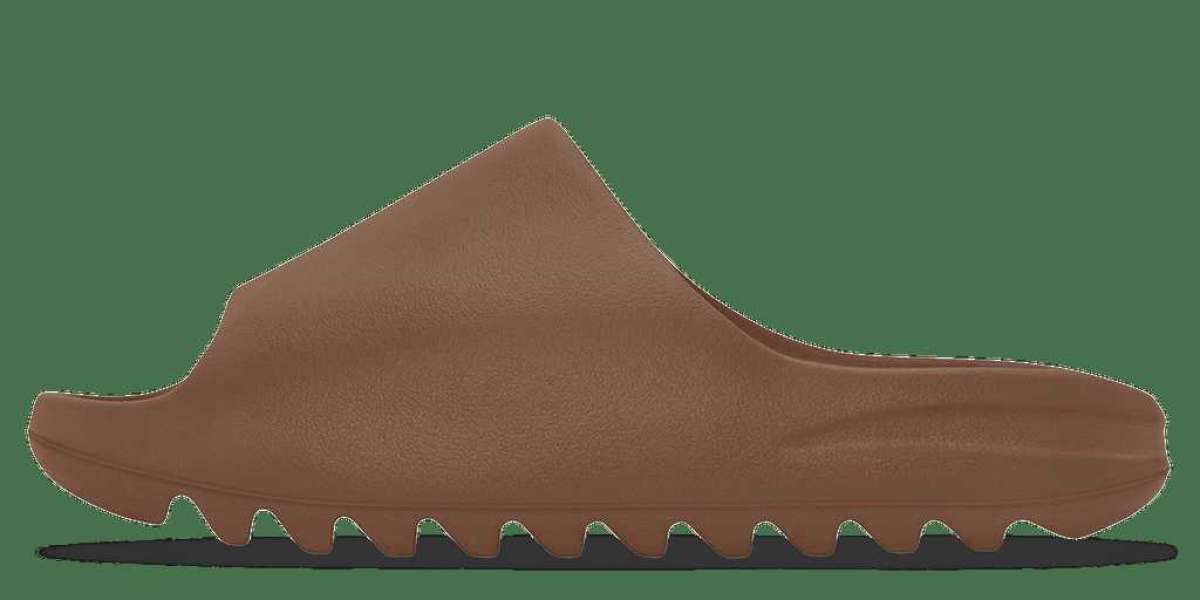Normal Skin:
- Normal skin typically feels balanced, neither too oily nor too dry.
- Pores are usually small and not very visible.
- You may experience occasional breakouts but overall your skin remains clear and healthy.
Dry Skin:
- Dry skin often feels tight, especially after washing.
- It may appear dull, flaky, or rough.
- Fine lines and wrinkles may be more noticeable.
- Pores are usually small and less visible.
Oily Skin:
- Oily skin tends to feel greasy, especially in the T-zone (forehead, nose, and chin).
- Pores appear larger and are more prone to congestion and blackheads.
- You may experience frequent breakouts, including acne.
Combination Skin:
- Combination skin is a mix of oily and dry areas.
- The T-zone tends to be oily, while the cheeks may be dry.
- Pores may appear larger in the T-zone compared to other areas of the face.
Sensitive Skin:
- Sensitive skin can react easily to skincare products, environmental factors, or certain ingredients.
- It may feel itchy, irritated, or inflamed.
- You may experience redness, burning, or stinging sensations.
To determine your skin type more accurately, you can try the following steps:
Cleanse Your Face: Wash your face with a gentle cleanser to remove any dirt, oil, or makeup.
Pat Dry: Gently pat your face dry with a clean towel.
Observe Your Skin:
- After 30 minutes, observe how your skin feels and looks.
- Pay attention to any areas that feel oily, dry, or balanced.
- Note the presence of shine, dry patches, or areas of irritation.
Blotting Paper Test: Alternatively, you can use blotting paper to assess oiliness. Press the blotting paper against different areas of your face and observe how much oil it picks up.
Consult a Dermatologist: If you're still unsure about your skin type or if you have specific concerns, consider consulting a dermatologist for a professional assessment.
Remember that your skin type may change over time due to factors such as aging, hormonal fluctuations, climate, and lifestyle habits. It's essential to adapt your skincare routine accordingly.
Normal Skin:
- Normal skin exhibits a balanced sebum (oil) production, maintaining adequate hydration without excess oiliness.
- Sebaceous glands produce sebum at an optimal rate, preventing the skin from feeling excessively dry or oily.
- Normal skin generally has small, barely visible pores and a smooth texture without significant blemishes or sensitivity.
Dry Skin:
- Dry skin lacks sufficient sebum production, leading to a compromised skin barrier and increased transepidermal water loss (TEWL).
- This results in a feeling of tightness, especially after cleansing, and may present with flakiness, rough texture, and visible fine lines or cracks.
- Pores are typically small and less active due to decreased sebum production.
Oily Skin:
- Oily skin is characterized by overactive sebaceous glands, resulting in excessive sebum production.
- The skin surface often feels greasy or slick, particularly in the T-zone, which includes the forehead, nose, and chin.
- Pores appear enlarged and may be clogged with excess sebum, leading to blackheads, whiteheads, and acne breakouts.
Combination Skin:
- Combination skin features a mixture of oily and dry areas, typically with an oily T-zone and drier cheeks or other regions.
- Sebum production varies across different areas of the face, with more active glands in the central facial zone and relatively normal to dry skin elsewhere.
- Pores may be more noticeable in the T-zone due to increased sebum secretion.
Sensitive Skin:
- Sensitive skin is characterized by a heightened reactivity to external stimuli, such as skincare products, environmental factors, or allergens.
- It may present with redness, itching, burning, or stinging sensations upon exposure to certain triggers.
- Sensitive skin often has a thin and delicate epidermal barrier, making it more prone to irritation and inflammation.
To determine your skin type accurately, you can perform various assessments, including visual observation, tactile examination, and blotting tests. These methods help evaluate factors such as oiliness, hydration levels, pore size, and sensitivity. Additionally, consulting with a dermatologist can provide valuable insights and recommendations tailored to your specific skin concerns.








